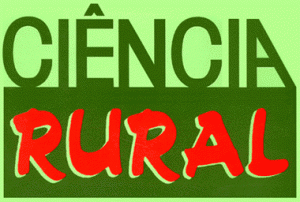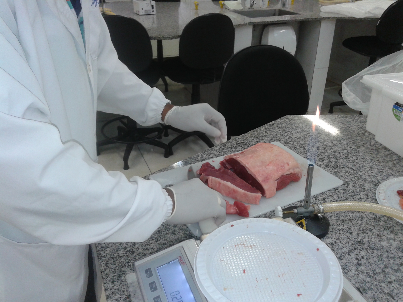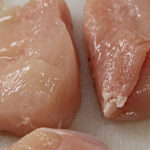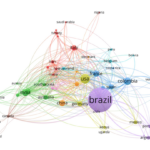By Maria Luiza De Grandi, journalist of Ciência Rural, Santa Maria, RS, Brazil and Eduardo Figueiredo, professor, Universidade Federal do Mato Grosso (UFMT), Cuiabá, Mato Grosso, Brazil
The shelf life of a food is the time it remains fit for consumption when stored under specific conditions, such as in a refrigerator. Meat, when out of date, changes in color, has a strong odor and produces slime. Meat spoilage is caused by a combination of biological and chemical events caused by spoilage bacteria, so knowing these processes is essential to ensuring meat quality. According to current Brazilian legislation, meat must be stored, transported and marketed at a temperature not exceeding 7°C (BRAZIL, 1996). However, even under this cooling temperature the bacteria can still continue to grow causing the loss of nutrients and decreasing the quality of the meat.
In order to analyze the behavior of the deteriorating bacteria in beef, researchers from the Federal Institute of Education, Science and Technology of Mato Grosso (IFMT), Federal University of Mato Grosso (UFMT) and Polytechnic Institute of Bragança (IPB) developed the work “Behavior of deteriorating bacteria and Salmonella enterica subspecies Enterica O: 4,5 in vacuum-packed beef during refrigeration”, published in the Ciência Rural journal (vol. 50, no.7), where they estimated shelf-life of beef vacuum-packed and stored under cooling.
For the development of the research, samples of the Longissimus Dorsi muscle, known as “contrafilé”, were obtained in a slaughterhouse in Cuiabá, capital of Mato Grosso. The establishment meets the Federal Inspection Service (SIF) and complies with the Good Manufacturing Practices (GMP) rules. The research was divided into two parts: the first analyzed the counts of mesophilic, psychrotrophic and lactic acid bacteria in vacuum-packed beef stored at 1°C and 4°C; the second part verified the behavior of Salmonella enterica O: 4.5 multidrug-resistant (MDR) in beef steaks individually vacuum-packed and kept under cooling
The results determined that the shelf-life of the vacuum-packed kebab steak stored at 1°C is over 21 days, while at 4°C this period is 16.1 days (with a 95% confidence interval 14.8 – 17.3 days). The researchers also found a decrease in the concentration of Salmonella inoculated in vacuum-packed beef and stored at 1°C for 21 days. According to researcher Eduardo Figueiredo, the results highlight the importance of refrigeration in the conservation of vacuum-packed beef. “The results obtained serve as a reference for industries and commerce to guarantee quality and correctly estimate the shelf life of vacuum-packed and cooled beef,” says Eduardo.
Reference
BRAZIL. Ministry of Agriculture, Livestock and Supply. Ordinance n° 304 of April 22, 1996.
To read the article, access it
DA SILVA, J.L., et al. Behavior of spoilage bacteria and Salmonella enterica subspecies enterica O:4,5 in vacuum-packaged beef during refrigeration. Cienc. Rural [online]. 2020, vol. 50, no. 7, e20200090, ISSN: 0103-8478 [viewed 00 September 2020]. DOI: 10.1590/0103-8478cr20200090. Available from: http://ref.scielo.org/tbr7qj
External links
Ciência Rural – CR: <http://www.scielo.br/cr>
Ciência Rural <http://coral.ufsm.br/ccr/cienciarural/>
Como citar este post [ISO 690/2010]:


















Recent Comments